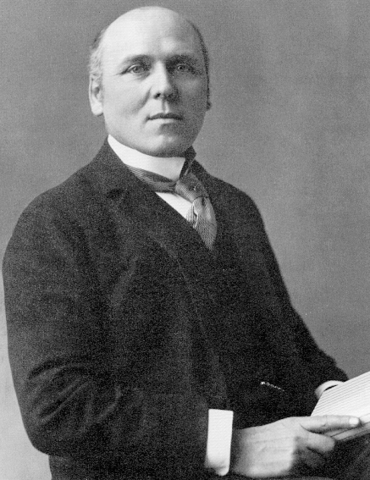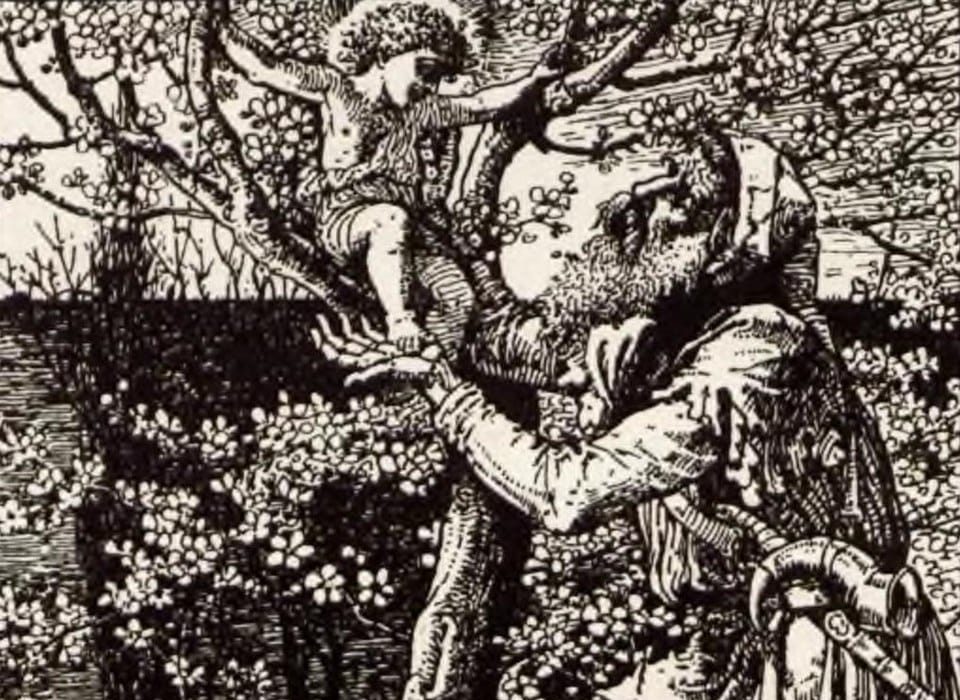Outside of King Arthur and the knights of the Round Table, there are few characters that stand as tall when it comes to chivalry and honor as Robin Hood. A dashing rogue of sorts, he is capable of great feats of archery and swordplay, while also standing for justice and protecting the weak. Steal from the rich and give to the poor. While a crime, certainly a noble ideal when those in power are as corrupt as those in Nottinghamshire. Howard Pyle’s Robin Hood interpretation holds fast to this swashbuckling idea.
Today on the blog, we are going to dig into Howard Pyle’s novel. Similarly, we will explore the background of when and why it was written. Additionally, we are going to examine Pyle’s influence for writing the novel.
Who Was Howard Pyle?
To begin, Howard Pyle (1853-1911), was an illustrator and writer. He would become known for his art and children’s books. He studied art at the Art Students’ League in New York City. His works “are among the finest of the turn-of-the-century period in the Art Nouveau style” (Britannica). His other works include Otto of the Silver Hand (1888), Jack Ballister’s Fortunes (1895), Pepper and Salt (1886), and The Wonder Clock (1888).
Moreover, Pyle was “particularly fond of the Middle Ages.” He spent some time writing and illustrating works set during that time period, which “echoed an interest in classical subject matter prominent in academic painting in Europe” (Illustration History).
Background for The Merry Adventures of Robin Hood
Pyle wrote The Merry Adventures of Robing Hood of Great Renown in Nottinghamshire in 1883. The author cobbled the stories together from traditional ballads. Then, he placed each story into a narrative aimed at a younger crowd. Today, the language reads at a higher level. Yet, it is certainly fitting for an older audience as well as kids precocious enough to explore Robin Hood folklore.
The novel created many of the tropes of the Robin Hood story. These tropes include his battle with Little John on the river and his noble decree in which he promised to protect and save those of Sherwood Forest. His stories tell of how he “escaped the arrows of the grim Sheriff of Nottingham.” And, what happened at the court of the gentle Queen Eleanor” and so on.
As the back of the Dover Children’s Classics’ book states: “No archer ever lived that could speed a gray goose shaft with such skill and cunning as his, nor were there ever such yeomen as the sevenscore merry men that roamed with him through the greenwood shades. Right merrily they dwelt within the depths of Sherwood Forest, suffering neither care nor want, but passing the time in merry games of archery or bouts of cudgel play, living upon the King’s venison, washed down with draughts of ale of October brewing … Not only Robin himself but all the band were outlaws and dwelt apart from other men, yet they were beloved by the country people round about, for no one ever came to Jolly Robin for help in time of need and went away again with an empty fist.”
Conclusion
Pyle’s intense interest in Medieval times inspired his imagination. Thus he penned The Merry Adventures of Robin Hood by using preexisting material and his own imaginative paintings. Howard Pyle’s Robin Hood therefore is a quintessential Robin Hood. By focusing on a younger audience, Pyle either created a classic novel that still resonates with audiences to this day.
Works Cited
“Howard Pyle.” Illustration History. Web. https://www.illustrationhistory.org/artists/howard-pyle





Leave a comment